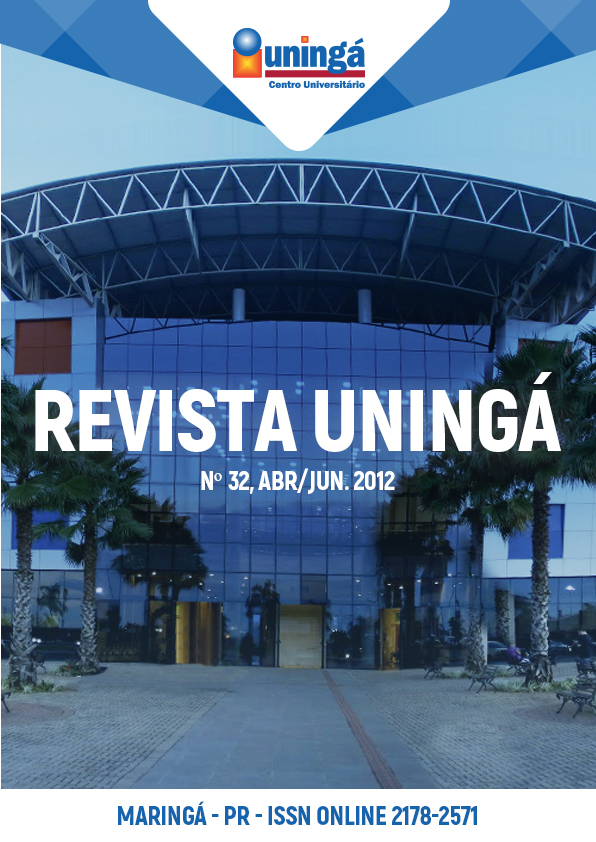LEVANTAMENTO DAS ESPECIES PARASITÁRIAS QUE CAUSAM INFECÇÕES EM CRIANÇAS
DOI:
https://doi.org/10.46311/2318-0579.32.eUJ1030Abstract
As parasitoses intestinais são mais comuns em crianças de idade pré-escolares e escolares, por
esta razão é considerada um problema de saúde publica, devido ao fato de poder causar déficit
no desenvolvimento físico, mental e gerar uma desnutrição. Os parasitas são divididos em
dois grupos: protozoários e helmintos. Protozoários são organismos unicelulares que se
multiplicam muito rapidamente e podem resultar em doenças graves se não combatidos. A
temática abordada nessa pesquisa foi verificar levantamento das espécies de parasitas mais
prevalentes em crianças. Este tipo de pesquisa não precisou passar pelo comitê de ética da
Uningá, pois trata se de um estudo bibliográfico e foi realizada por meio de pesquisas de
artigo científico. No processo de investigação, os dados obtidos neste estudo foram expressos
de forma descritiva e não sendo aplicados testes estatísticos. Os principais resultados mostram
que os principais parasitas que causam infecções em crianças são: Giárdia lamblia,
Entamoeba coli, Ascaris lumbricoides, Trichuris trichiura e Enterobius vermicularis. As
enteroparasitoses causam principalmente em crianças má-absorção, diarréia crônica, anemia,
desnutrição, dores abdominais e dificuldade de aprendizado, concentração, atraso no
crescimento, o que causa baixo rendimento escolar.
Downloads
Downloads
Published
How to Cite
Issue
Section
License
I declare/we declare that the text submitted here is original, of my own authorship and does not infringe any type of third party rights. The content is my/our sole responsibility. Possible research involving animals and/or human beings is in accordance with Resolution 196/96 of the National Health Council and its complements. I declare that I am/we are in possession of the written consent of patients and that the research and its procedures were timely and adequately approved by the Ethics Committee of the institution of origin. We further declare that all institutional affiliations and all sources of financial support for the work are duly informed. I certify that there is no commercial or associative interest that represents a conflict of interest related to the submitted work. If there is commercial interest, in addition to the technical and academic ones, in the publication of the article, the information will be reported during the text.



































